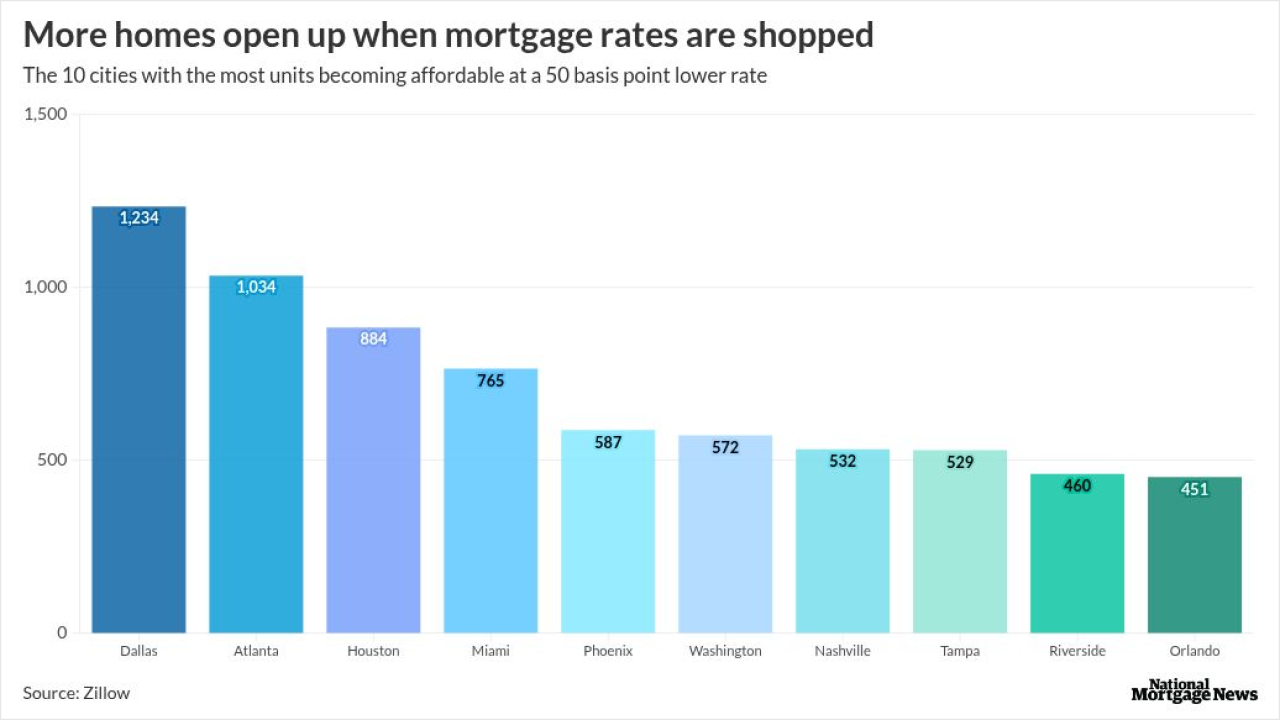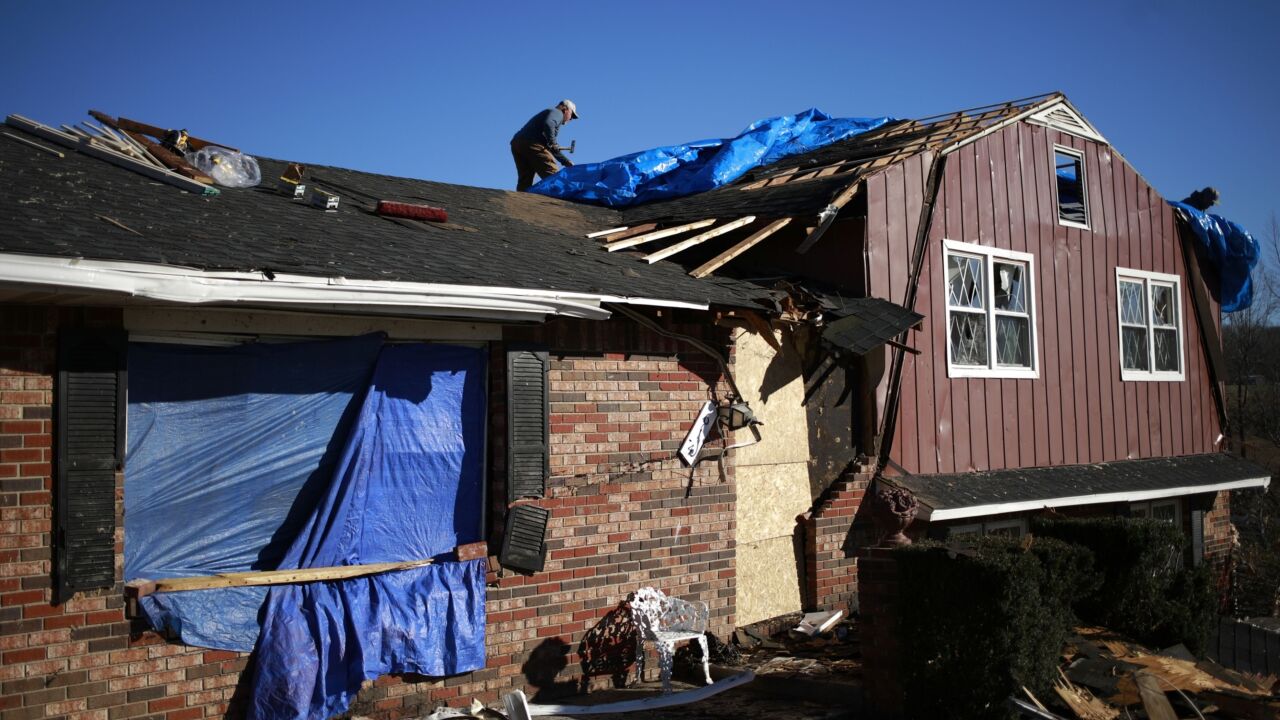After receiving a third-party stamp of approval, Fannie Mae announced July 27 completing the latest two issuances of a single-family (SF) green mortgage backed security (MBS) as part of an ongoing program that started in April and expands its long-time multi-family green MBS program.

One transaction was for $11.41 million and the other for $7.59 million, bringing the total under the new program to $43.08 million. The first two Fannie Mae green SF MBS were privately placed and the agency expects the most recent deals to be sold via a broader auction process.
“We wanted to find a home for the first two bonds with investors who value the green nature of the bonds,” said Renee Schultz, senior vice president, capital markets, at Fannie Mae. “Now that we’ve become more public about the program, we can really highlight what these securities are and how they meet green criteria.”
An impetus for more publicly promoting the program was the recent “light green” stamp of approval it received from CICERO Shades of Green, a global provider of second opinions on green-bond frameworks since 2018. It is a subsidiary of the Oslo-based Cicero Center for International Climate Research, which has provided green second opinions since 2008 on assets ranging from airports to project finance.
“Our new Single-Family Green MBS issuances further our commitment to sustainability in our business, the homes we finance, and the communities we serve,” Hugh R. Frater, chief executive officer, Fannie Mae, said in a statement.
Chrissa Pagitsas, vice president, ESG, at Fannie Mae, noted that the agency received a “good” governance rating from CICERO, indicating it has the proper controls in place and it is meeting international standards. The “light green” opinion is on the lower end of the scale but it is nevertheless a significant achievement, she said.
Fannie Mae has been a major player in the green-bond market since 2011, when it launched its first multifamily green mortgage loan product, followed by its first green multifamily MBS in 2012. The housing finance agency established a multifamily green bond framework in 2018 and overall has issued US$75 billion in green bonds, with $22.8 billion in 2019 alone, making it the largest issuer of green bonds globally since 2017, according to Pagitsas.
Rival Freddie Mac priced its first multifamily green bond securitization a year ago, selling $435 million in notes backed by mortgage loans financing energy and water-efficiency upgrades for aging apartment dwellings. The GSE noted in a press release that it launched the inaugural bond sale from its “KG-Deals” program, which is the environmental and social impact series within the agency's umbrella risk-sharing K-Deal platform for issuing multifamily mortgage-backed securities.
Pagitsas said that Fannie Mae started its green MBS issuance by securitizing multifamily properties, in part because it was easier to manage, dealing with 25 multi-family lenders compared to more than 2000 on the single-family lending side.
The executives added that investor interest in green securities has picked up significantly in the last few years, making the securitization of single-family green mortgage loans a more viable pursuit. The change prompted the GSE to partner with DHIMortgage and Eagle Home Mortgage, lending arms of builders that assemble homes certified by Energy Star, the Environmental Protection Agency program promoting energy efficiency.
“If they can identify those loans [for energy efficient homes] for us, we could package them and put them into green securities,” Schultz said.
The GSE’s single-family green MBS deals include only loans backed by newly constructed single-family residential homes with Energy Star certifications meeting or exceeding the national program requirements for Energy Star certified homes, version 3.0, according to Fannie Mae. Energy Star certified homes are at least 10% more energy efficient than typical single-family homes built to code, and on average the homes are 20% more efficient.





